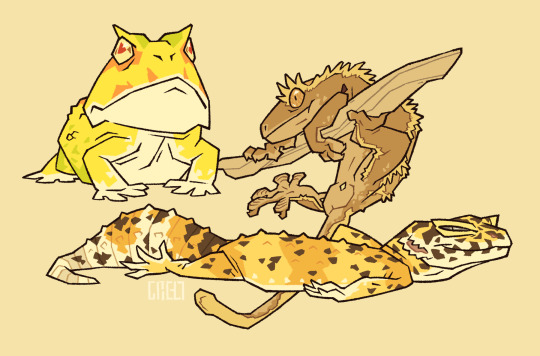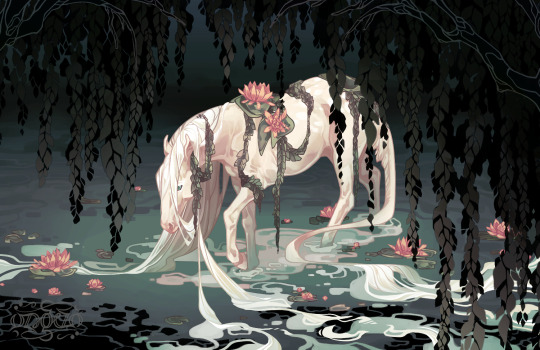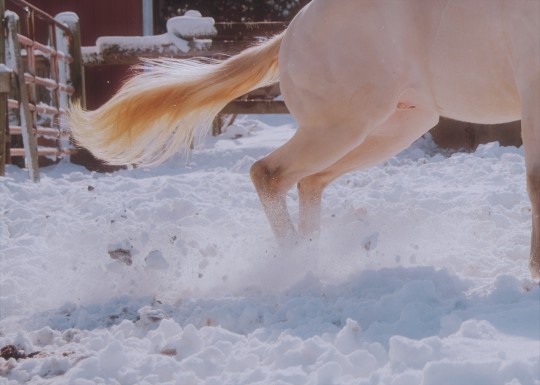Text
BLM mustang for Auction - Sandwash Basin Gelding
This gelding is one of the Sand Wash Basin horses that was well documented on the range - he was called Rendezvous.

8 YEAR OLD ROANRED GELDING HORSE (8485)
2013 gelding - Sire Tashunka - Dam Kangee - BLM aged him 1 year younger than he is

Said about him in 2020: "Rendezvous pushes his large band away from the road, they were very spread out and he got nervous and went out to collect them and bring them together. Rendezvous attached himself to the Willie Nelson band a couple of years ago and over the winter successfully took a large portion of them. Willie is left very thin and rather a ghost of his prior self, but he does have some band members left. I had the occasion to watch Rendezvous several times while darting mares the last few weeks. He is a very good band stallion, runs a pretty tight ship."
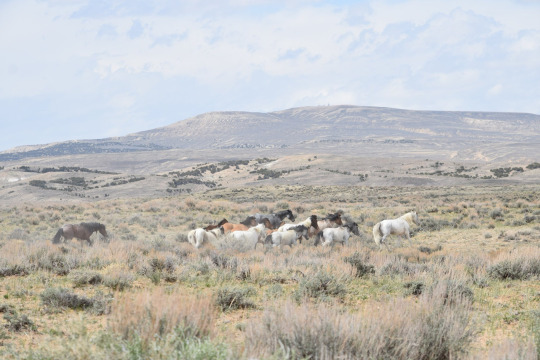

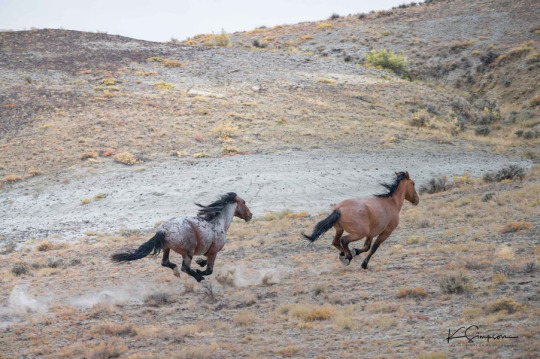
He is also my absolute fav of the auction. Someone want to scoop him up for me???
479 notes
·
View notes
Text
I always thought it was like an exaggeration when horse people would talk about how silly it was for anyone to think that riding a horse does not require any particular level of skill or balance or anything, or even that they "drive themselves" (???) but just the tags on the reblogs of that "can you ride a bike and/or horse" post from me alone are demonstrating how overconfident some people are in their (often entirely theoretical!) ability to stay on an alive and moving animal with a will of its own.
7K notes
·
View notes
Text
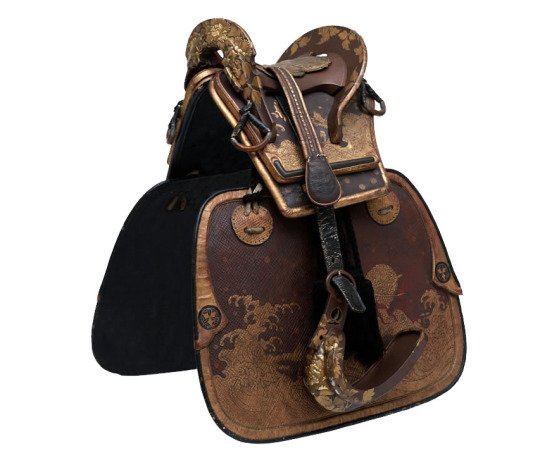
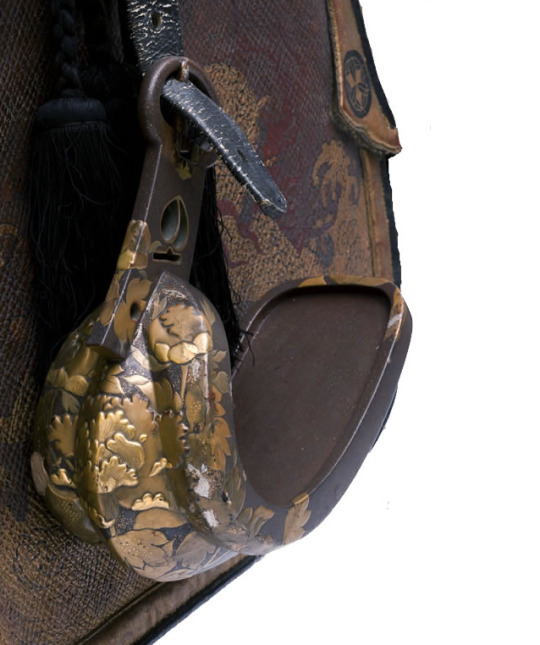
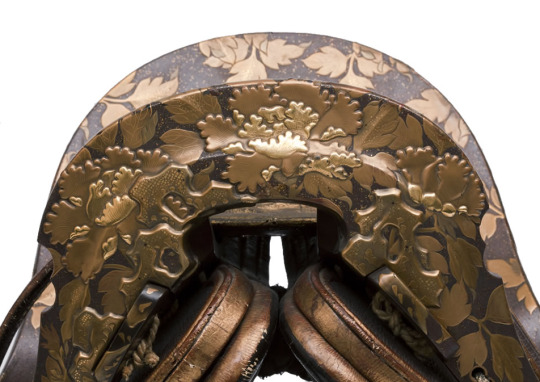
Saddle and tack with stirrups, Japan, dated 1678
from The Ann and Gabriel Barbier-Mueller Museum
1K notes
·
View notes
Text


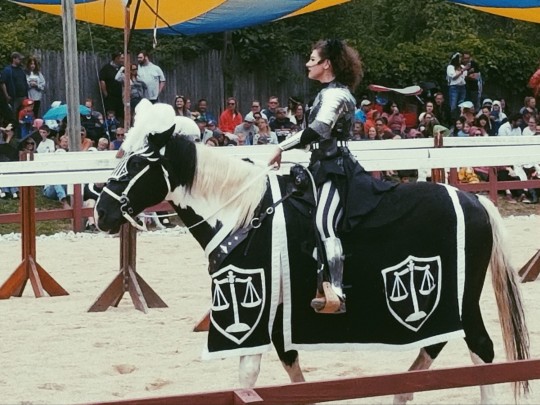
The Lady Of Chivalry at Bristol Ren Faire
#its finally spring and its getting nice out. u know what that means. missing ren faire season hours
95 notes
·
View notes
Text

A Somali wild ass (Equus africanus somaliensis) rolls in the sand at San Diego Zoo and Safari Park
by Helene Hoffman
1K notes
·
View notes
Text

Source
Recreation of a 15th century bridle and reins.
73 notes
·
View notes
Text
What do you think are the primary horse disciplines?
If you had to name 10, what would they be? What do you think of?
#hmmm.#barrel racing. dressage. racing racing. show jumping. cross country. cutting.#endurance. working equation. roping?#anddd maybe like. reining.
51 notes
·
View notes
Text

horse. just horse. i'm checking out colored pencil brushes
also some things in the process? i guess? idk it's just me looking at different layers and thinking "that does look like someone missing a part of themselves" and then spiraling into my thoughts
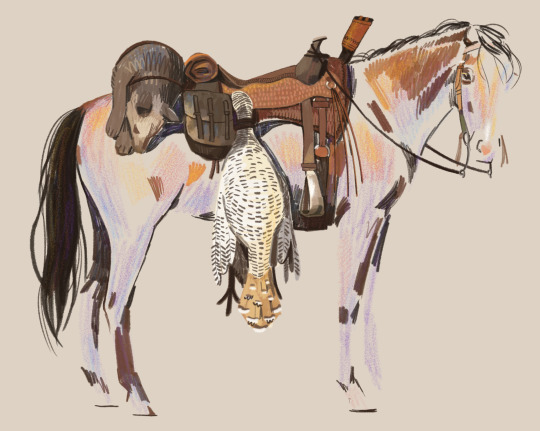


1K notes
·
View notes
Text


WE NEED YOUR HELP!! $0/$800 raised 📣📣📣
Winston the guinea pig has had now 3 vet visits for his respiratory infection. We have tried and failed two different medications and unfortunately he has gotten worse. Today, we had x-rays done to evaluate the progression. He has pneumonia and we are treating with doxy, baytril, and nebulizing treatments. He will need a recheck in a week that will involve another x-ray to see if we have made any progress.
The total cost for today’s visit was $417.08, and we expect to pay at least $335 for his next visit (based on the exam fee and x-ray cost from today). This brings us to a total of just over $750, so we are hoping to raise $800 to cover today’s bill, the next bill, and a little extra in case he is prescribed something new at the next visit.
We are SO LOW ON FUNDS as we have spent a lot of money recently: Paprika’s vet fees, Morningstar’s vet fees (she is doing AMAZING now in her adoptive home by the way!), Winston’s past visits, Vixen’s emergency vet bill, and multiple necropsies. We WILL get Winston the care he needs no matter what. But our bank account is nearly empty. We need your help!
Because of how low on money we are, and the fact that all of our fosters are bursting at the seams, we are making the unfortunate decision to CLOSE INTAKES for the next few weeks. All new intake requests will be waitlisted and we will reach out when we are able to intake again. We have to prioritize animals already in our care. We hope to re open again sometime in April or May after we’ve had a chance to rebuild our bank account & clear out space in foster homes for more animals.
HOW TO HELP:
V*nmo: tiny-whiskers (under businesses)
P*yp*l: [email protected]
65 notes
·
View notes
Text
Mongolian horse archer; pulled from Instagram from a repost account that did not include the og source
980 notes
·
View notes
Photo
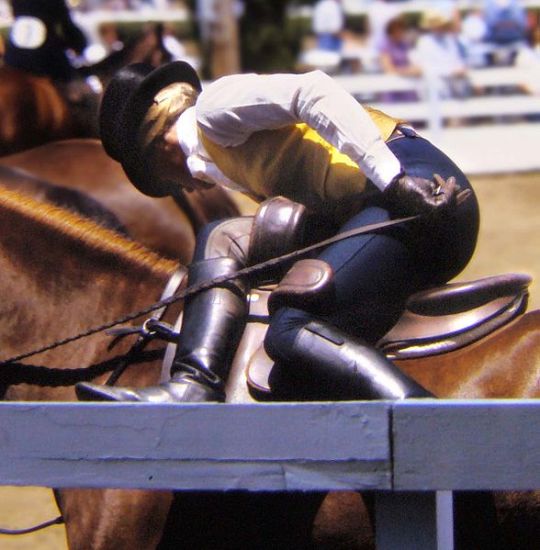

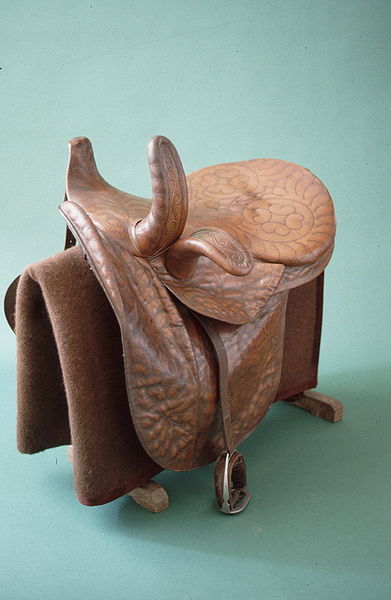
How riding sidesaddle works
Contrary to popular belief, riding side saddle is as safe, if not safer, than riding astride.
Sitting aside dates back to antiquity and developed in European countries in the Middle Ages as a way for women in skirts to ride a horse in a modest fashion while also wearing fine clothing. It has retained a specialty niche even in the modern world.
In the 1830s, Jules Pellier invented a sidesaddle design with a second, lower pommel to the sidesaddle. In this design, still in use today, one pommel is nearly vertical, mounted approximately 10 degrees left of top dead center and curved gently to the right and up. The rider’s right leg goes around the upright, or fixed pommel, which supports the right thigh of the rider when it is lying across the top center of the saddle. The lower right leg rests along the shoulder of the left (near) side of the horse and up against the second pommel (called the leaping head or leaping horn.) which lies below the first on the left of the saddle. It is mounted about 20 degrees off the top of the saddle. This pommel is curved gently downward in order to curve over the top of the rider’s left thigh, and is attached in a manner so that it can pivot slightly, to adjust to the individual rider. The rider places her left leg beneath this pommel, with the top of the thigh close or lightly touching it, and places her left foot in a single stirrup on that side.
The impact of the second pommel was revolutionary; the additional horn gave women both increased security and additional freedom of movement when riding sidesaddle, which allowed them to stay on at a gallop and even to jump fences while fox hunting and show jumping. With this design, nearly all recreational equestrian pursuits were opened to women, yet they could also conform to expectations of modesty. For example, a world record in sidesaddle show jumping was set at 6 ft, 6 inches at a horse show in Sydney, Australia in 1915.[4] The leaping horn was the last major technological innovation for the sidesaddle and remains the core of basic design even for saddles of contemporary manufacture made with modern materials.
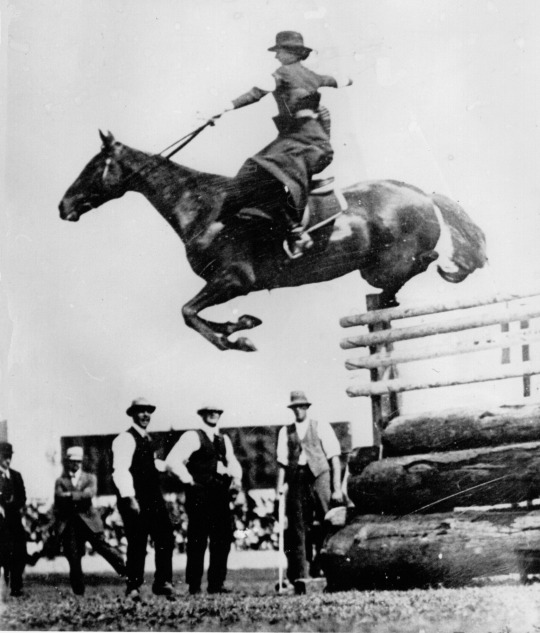
Said world record: Mrs. Esther Stace riding sidesaddle and clearing 6'6" at the Sydney Royal Easter Show, 1915, a feat made possible because of the leaping horn.
3K notes
·
View notes


